 Mid-America Science Museum Tesla Coil Certificate
Mid-America Science Museum Tesla Coil Certificate
Entry Category: Recreation
 Mid-America Science Museum Tesla Coil Certificate
Mid-America Science Museum Tesla Coil Certificate
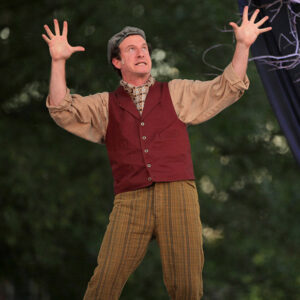 A Midsummer Night's Dream
A Midsummer Night's Dream
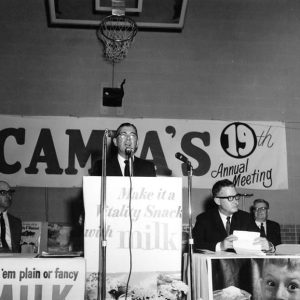 Wilbur Mills at CAMPA Meeting
Wilbur Mills at CAMPA Meeting
Millwood State Park
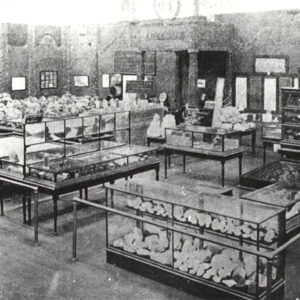 Mines and Metallurgy Exhibit
Mines and Metallurgy Exhibit
 Mirror Lake
Mirror Lake
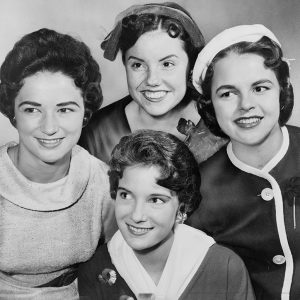 Miss America Candidates
Miss America Candidates
Miss Arkansas Pageant
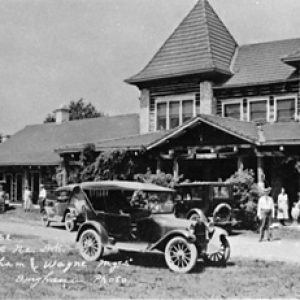 Monte Ne Club House Hotel
Monte Ne Club House Hotel
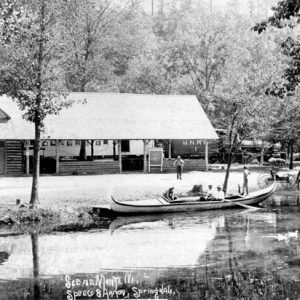 Monte Ne Train Depot
Monte Ne Train Depot
 Montgomery and Clinton
Montgomery and Clinton
 Paula Montgomery
Paula Montgomery
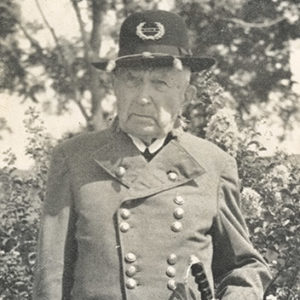 James W. Moore
James W. Moore
Moro Bay State Park
Mount Magazine State Park
Mount Nebo State Park
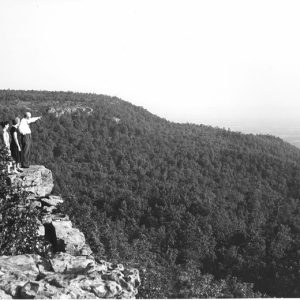 Mount Nebo State Park
Mount Nebo State Park
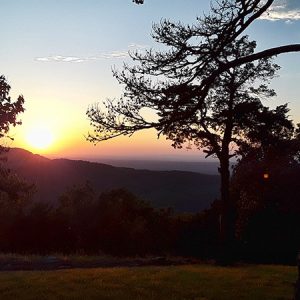 Mount Nebo Sunset
Mount Nebo Sunset
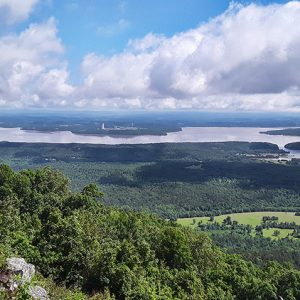 Mount Nebo View
Mount Nebo View
 Mount Nebo Water Tower
Mount Nebo Water Tower
 Mountain Lake Dam
Mountain Lake Dam
 Mountain Tower
Mountain Tower
 Mountain Village 1890
Mountain Village 1890
Ms. Arkansas Senior America Pageant
 Ms. Arkansas Senior America Pageant
Ms. Arkansas Senior America Pageant
 Much Ado About Nothing
Much Ado About Nothing
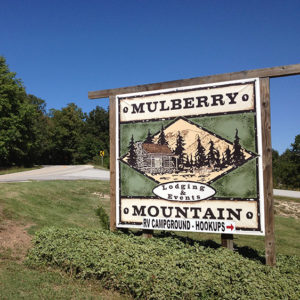 Mulberry Mountain
Mulberry Mountain
 Murfreesboro Postcard
Murfreesboro Postcard
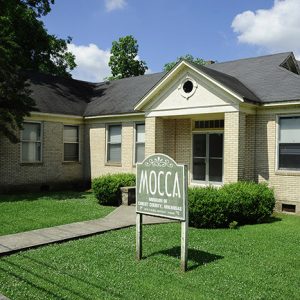 Museum of Chicot County
Museum of Chicot County
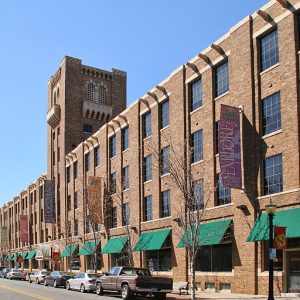 Museum of Discovery
Museum of Discovery
 Museum of Discovery
Museum of Discovery
Museum of Discovery
National Championship Chuckwagon Races
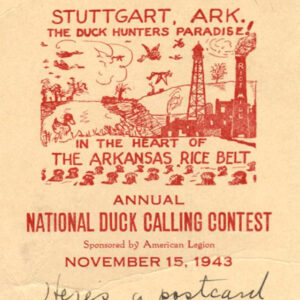 National Duck Calling Contest
National Duck Calling Contest
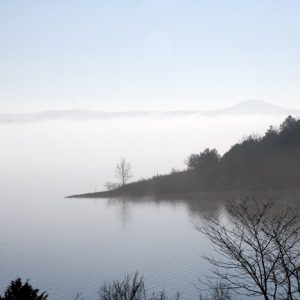 Norfork Lake
Norfork Lake
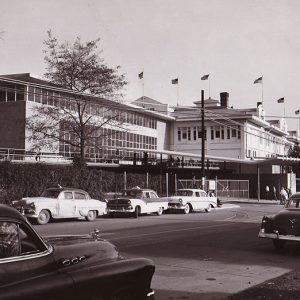 Oaklawn Entrance
Oaklawn Entrance
 Oaklawn Reopening
Oaklawn Reopening
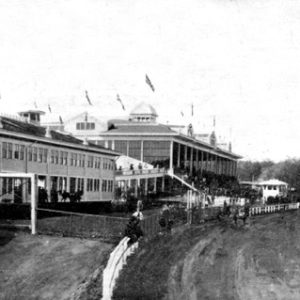 Oaklawn Racetrack
Oaklawn Racetrack
Oaklawn Racing Casino Resort
aka: Oaklawn Park Racetrack
aka: Oaklawn Jockey Club
aka: Oaklawn Racing and Gaming
Ohio Club
Oil Town Festival
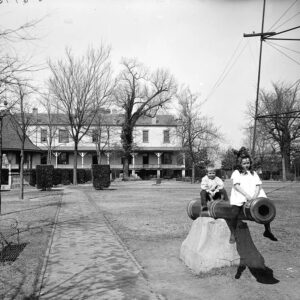 Old Barracks
Old Barracks
Old Folks’ Singing
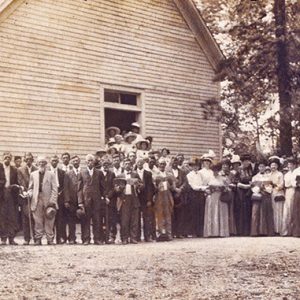 Old Folks' Singing
Old Folks' Singing
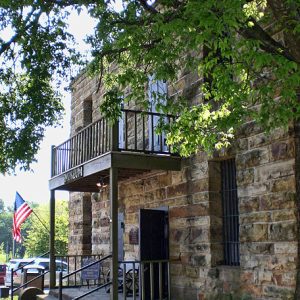 Old Jail Museum
Old Jail Museum
Old Kia Kima
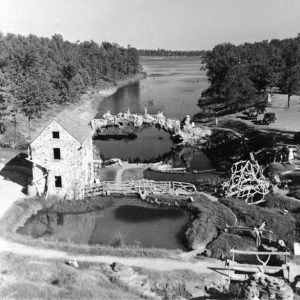 Old Mill
Old Mill
Old Mill
 Old Mill Visitors
Old Mill Visitors
 Old Mill
Old Mill




